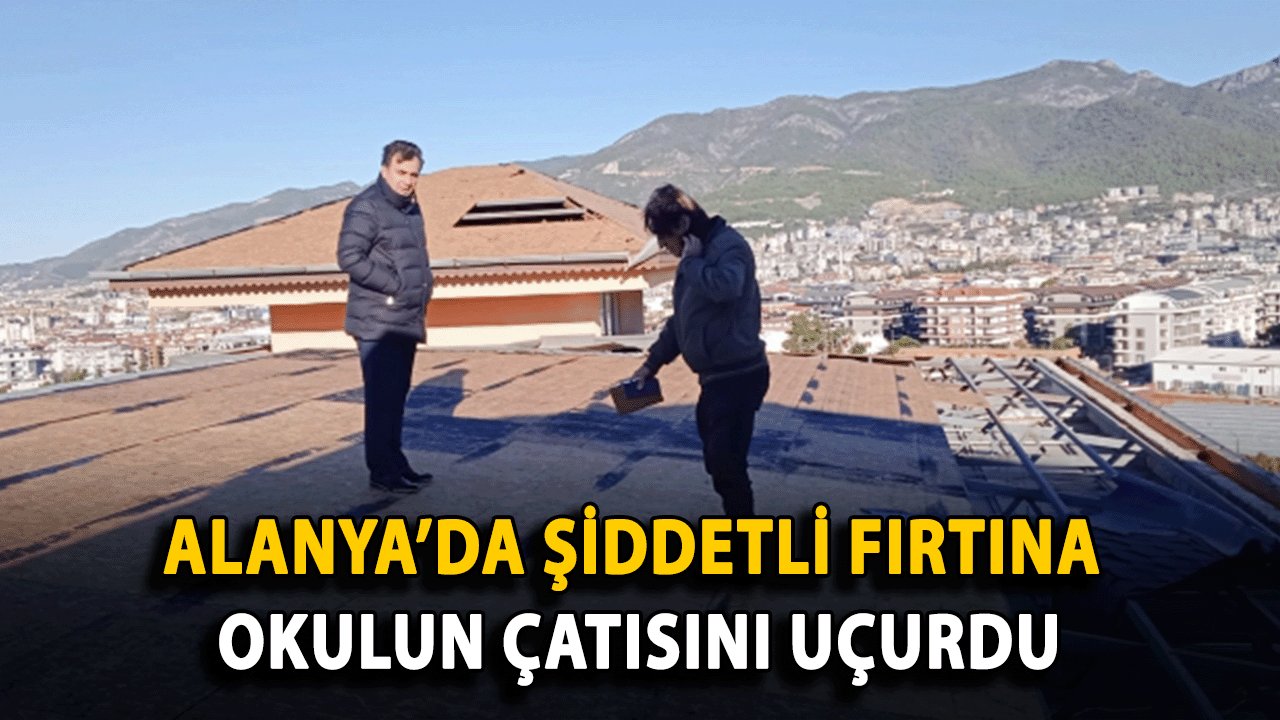Fed without action, economic recovery reflected in policy statement
The Fed meeting is not as actionable as we expected, and is far from putting forward new arguments for guidance on "tapering". The most important feature of the meeting, in which the funding rate was kept close to 0 and the monthly asset purchase...


The Fed meeting is not as actionable as we expected, and is far from putting forward new arguments for guidance on "tapering". The most important feature of the meeting, in which the funding rate was kept close to 0 and the monthly asset purchase rate was maintained at 120 billion USD, is that the assessment about the economy was increased and the risks were reduced.
If we look at the content of the policy statement and the changes; “Amidst progress in vaccines and strong policy support, economic activity and employment indicators have strengthened,” and “The sectors most adversely affected by the pandemic remain weak but are improving. Inflation has risen, reflecting largely temporary factors.” The Fed pointed to a clear recovery since the outbreak emerged more than a year ago, softening the previous statement referring to the virus that poses "significant risks" for economic outlook. The statement also noted that the sectors hit the most by the Covid-19 epidemic "showed improvement". As you can see, the recovery in the economy was reflected in the tone of the policy statement and risk assessment. There is a Fed that sees the right way forward in the economy.
The Fed is insistent on the temporality of inflation. Here, the question of whether economic growth will cause rapidly warming inflation is a subject of academic thesis. Fed officials now largely ignore inflation risks, saying that the rise in consumer prices last month was distorted by the pandemic-related price drop in March 2020. In other words, the proportional warming in annual inflation is intensely evaluated by two factors: First, the base effect of last year's low inflation, which we explained a little more complicated above, and the other is the cost and end product price effect of the increase in commodity prices. The contribution of the demand will be related to the expansion of the part of the recovery where those who return to work can find time to spend their savings back. This requires millions more Americans who are still unemployed to return to work, the reduction of long-term unemployment and economic growth with more openings. The advancement of vaccination and the immunization of the population are the main drivers of this. Vaccination is also key to achieving growth without financial and monetary support.
With the further improvement in employment and "permanent, solid" symptoms in inflation will continue to be the necessary criteria for the Fed to reduce its bond purchases first and to increase interest rates at the last stage. As the economy will continue to receive support, the overall tone of the policy statement "dovish", is also moderate in that both “QE” guys and "economic improvement" guys find something of their own. The Fed acting on concrete results rather than predictions is the most rational option while major economies are still grappling with epidemic conditions. For countries like us, this process starts at the latest. But whether "guidance" begins in June or later; EMs and other world central banks will have to comply with the Fed's conditions.
Kaynak Tera Yatırım
Hibya Haber Ajansı















Türkçe karakter kullanılmayan ve büyük harflerle yazılmış yorumlar onaylanmamaktadır.